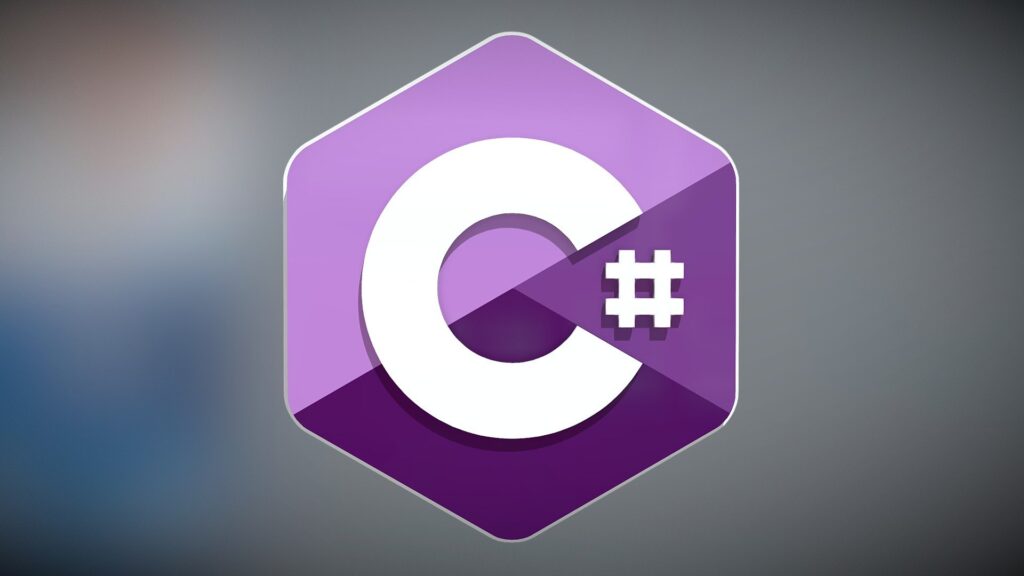What is Functional Programming in C#
Functional programming is a programming paradigm that emphasizes the use of functions to solve problems, rather than objects and imperative programming techniques. In C#, functional programming is supported through the use of several language features, including lambda expressions, delegates, and LINQ (Language Integrated Query).
Lambda expressions are anonymous functions that can be used to create delegates or expression tree types. They are often used to create small, reusable pieces of code that can be passed around as arguments to other methods or used to define event handlers.
Delegates are types that represent references to methods with a specific signature. They can be used to pass methods as arguments to other methods or to create lists of methods to be called in a specific order.
LINQ is a set of language extensions that provide a unified approach to querying data from different data sources, including in-memory collections, databases, and XML documents. LINQ queries are expressed using a declarative syntax that allows developers to express complex queries using simple, easy-to-understand code.
By using these language features, C# developers can write code that is more concise, expressive, and easier to understand. Functional programming techniques can also help to reduce the number of bugs in code by making it more modular and easier to test.
What does it mean to be a function as a first class citizen in C#?
Being a first-class citizen means that a function is treated like any other value in the language. In C#, functions are considered first-class citizens because they can be assigned to variables, passed as arguments to other functions, returned as values from functions, and stored in data structures like arrays and lists.
This allows for a more functional programming style in C#, where functions are used to transform data or perform other operations in a way that is more declarative and easier to reason about.
For example, in C# you can assign a lambda expression to a variable and then pass that variable as an argument to another function.
What is a Lambda Expression in C#?
A lambda expression in C# is a concise way to define a function or method without explicitly declaring a separate method or function. It is an anonymous function that can be used to create delegates or expression tree types. A lambda expression consists of a list of parameters, a lambda operator (=>), and a function body.
The general syntax for a lambda expression in C# is:
(parameters) => expression
or
(parameters) => { statements; }
The parameters list specifies the input parameters for the function, and the expression or statements represent the body of the function.
What is LINQ and how does it relate to C# programming?
LINQ (Language Integrated Query) is a set of language features and APIs that allow developers to perform queries on different types of data sources using a uniform syntax. LINQ enables developers to write efficient, expressive, and easily maintainable code that can work with different types of data sources, such as databases, collections, and XML files, among others.
In C#, LINQ is implemented through a set of extension methods on IEnumerable<T> and IQueryable<T> interfaces that allow developers to write queries using a syntax similar to SQL. LINQ queries can be written using two syntax styles: query syntax and method syntax. Query syntax uses a declarative style with a SQL-like syntax, while method syntax uses a more imperative style with method calls and lambda expressions.
What are some standard query operators for LINQ in C#?
There are many standard query operators available in LINQ in C#, which can be categorized into the following groups:
Projection Operators: These operators are used to select a subset of properties from an object or to transform an object into a new type.
Examples: Select, SelectMany, OfType
Filtering Operators: These operators are used to filter a sequence of elements based on a condition.
Examples: Where, Take, Skip, Distinct, Except, Intersect
Ordering Operators: These operators are used to order a sequence of elements based on one or more criteria.
Examples: OrderBy, OrderByDescending, ThenBy, ThenByDescending, Reverse
Grouping Operators: These operators are used to group a sequence of elements based on a common key.
Examples: GroupBy, ToLookup
Join Operators: These operators are used to combine two or more sequences based on a common key.
Examples: Join, GroupJoin
Set Operators: These operators are used to perform set operations on two or more sequences.
Examples: Union, Concat, Intersect, Except
Element Operators: These operators are used to retrieve elements from a sequence based on their position or a condition.
Examples: First, FirstOrDefault, Single, SingleOrDefault, ElementAt, ElementAtOrDefault
Quantifier Operators: These operators are used to check if a sequence contains any elements or if all elements satisfy a condition.
Examples: Any, All
Aggregation Operators: These operators are used to perform mathematical operations on a sequence of elements.
Examples: Count, Sum, Min, Max, Average, Aggregate
Conversion Operators: These operators are used to convert a sequence of elements into another type.
Examples: ToArray, ToList, ToDictionary, ToLookup
These operators can be used to write complex queries on various data sources with ease and elegance.
What is the standard query syntax used in C#?
The standard query syntax used in C# is known as query syntax or declarative syntax. It allows you to write LINQ queries in a syntax similar to SQL, which is easy to read and understand. Query syntax consists of a set of query clauses, which are combined together to form a complete query.
An example syntax is:
from <range variable> in <data source>
<query body>
The from clause specifies the range variable, which represents each element in the data source. The in keyword is used to specify the data source, which can be a collection, an array, or any other data source that implements IEnumerable or IQueryable interfaces.
The query body consists of a sequence of query clauses, which are used to filter, sort, group, and project the elements in the data source. The query clauses are separated by the into keyword or a comma ,.




